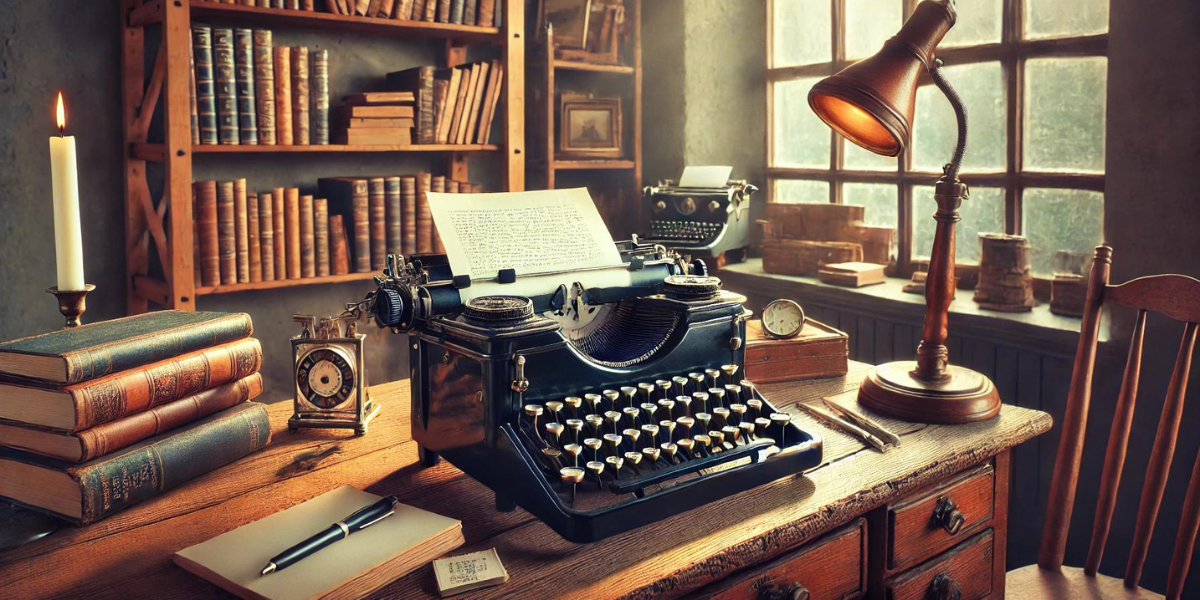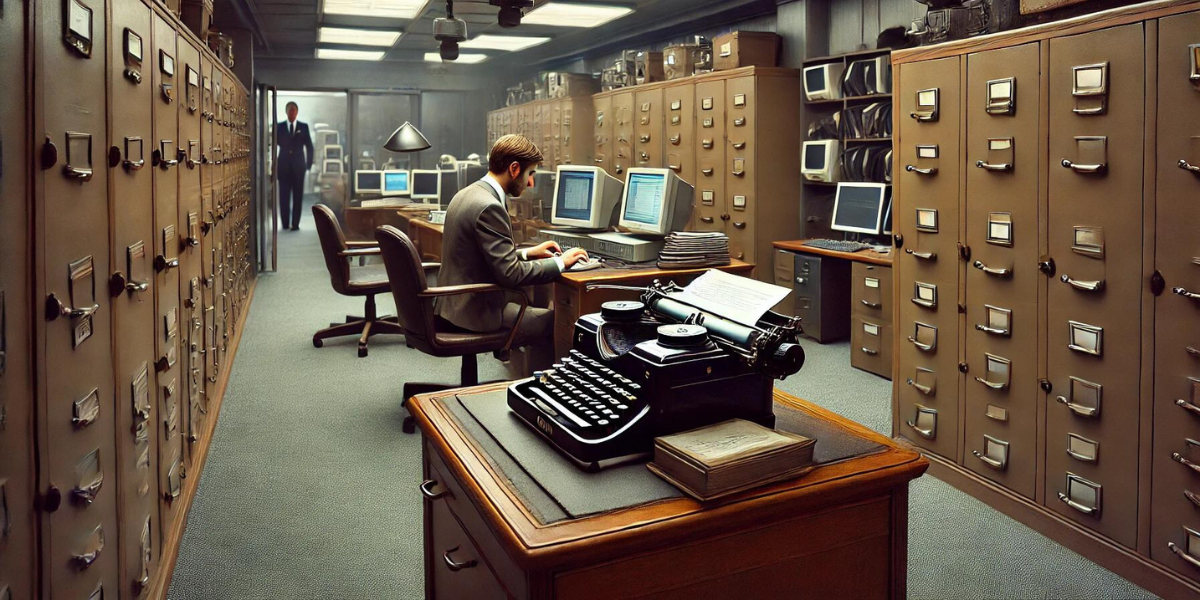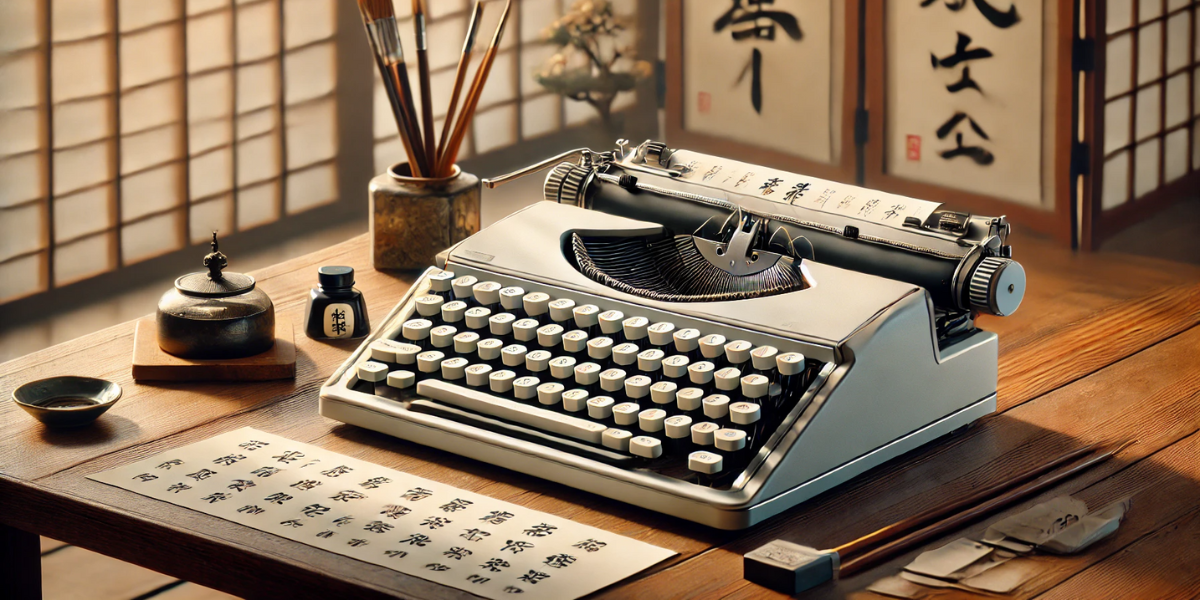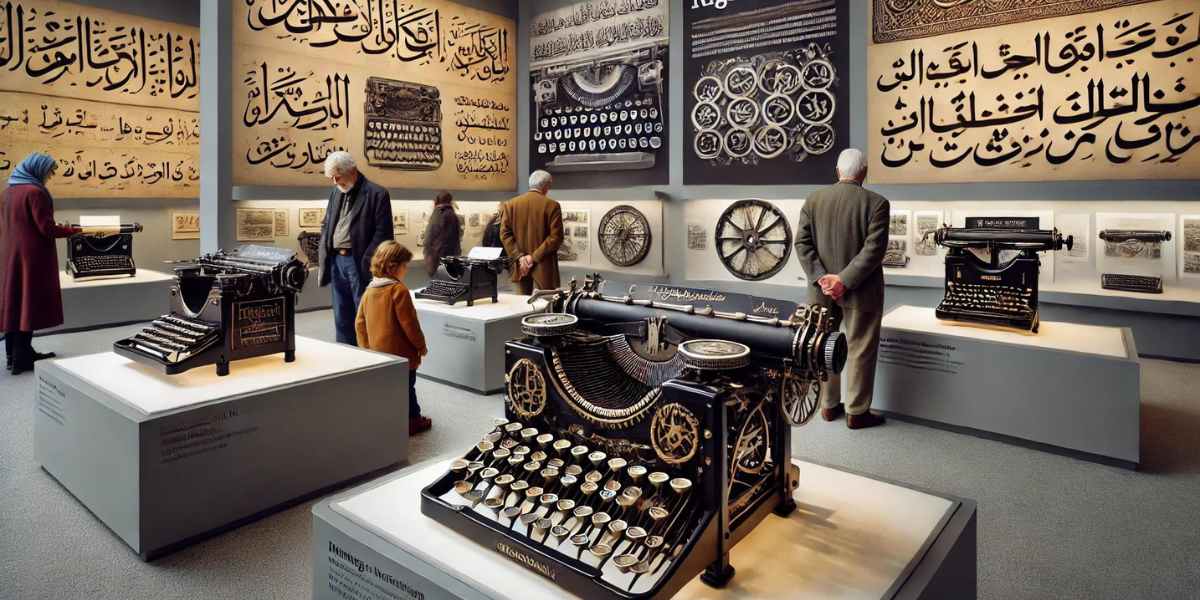Typewriters Around the World: A Global Perspective on Typing
Posted by Brandon Leip on Sep 23, 2024
Global Typewriting: Cultural Insights and Mechanical Marvels
The humble typewriter, once a staple of offices around the world, still holds a place of nostalgia and practical use in various cultures today. Far from being merely relics of the past, typewriters embody a rich tapestry of stories, innovations, and customs that vary from country to country. This blog post explores how different cultures have adapted and continued to cherish these mechanical marvels, each adding a unique chapter to the global story of typewriting.
|
In the United States and much of Europe, the typewriter is often celebrated for its aesthetic and nostalgic value, frequently appearing in vintage shops and flea markets. However, the use of typewriters transcends decorative purposes; they are also used by writers and artists who prefer a tangible connection to their craft, free from the distractions of modern digital devices. For instance, some American authors choose typewriters for drafting their novels to reconnect with a more tactile creative process, claiming it brings a different rhythm and thoughtfulness to their work. |
 |
 |
Traveling to India, the typewriter takes on a different role. Despite the advent of computers, typewriters are still a common sight in Indian courts and government offices where paperwork is a daily affair. Street typists, equipped with portable machines, provide a vital service, drafting legal documents and filling out forms for those who lack the means to access or operate computers. In these cases, typewriters are not just tools of nostalgia but essential devices that facilitate daily operations and access to bureaucratic processes. |
|
In Russia, typewriters have seen a resurgence for reasons tied to security and confidentiality. Following high-profile hacking scandals, some government agencies have reverted to using typewriters for drafting classified documents. This trend highlights a significant aspect of typewriter usage—the ability to maintain a document’s security in a way digital formats might fail to, as typewritten documents are impervious to cyber-attacks and electronic surveillance. |
 |
 |
Japan presents a fascinating case of typewriter adaptation. The complexity of the Japanese writing system posed significant challenges for typewriter design, creating unique models that could accommodate thousands of kanji characters. These machines are marvels of engineering, tailored to meet the needs of the Japanese language and script. Collectors and technology enthusiasts often seek out these typewriters for their intricate design and historical significance. |
|
Finally, the role of typewriters in non-Western scripts such as Arabic and Hindi reveals the global impact of this invention. Typewriters designed for these scripts had to solve unique problems related to right-to-left writing and character complexity. Today, such typewriters are celebrated pieces in museums and private collections, showcasing the ingenuity required to make mechanical typing accessible across different languages and scripts. |
 |
Typewriters are more than just quaint relics of a bygone era; they are active participants in the diverse practices of writing and administration across the world. Each country’s adaptation of this technology tells a story of innovation, cultural significance, and the enduring human connection to the tactile and the mechanical. In celebrating these machines, we recognize not only their utility but also their role in the rich, interconnected history of global communication.

